Cars, our four-wheeled companions, come in a dizzying array of shapes, sizes, and functionalities. This diversity necessitates a system of classification, a language to distinguish a sleek sports car from a rugged SUV. This guide delves into the fascinating world of car classification, exploring its various facets and providing ample examples.

Market Segments: Understanding the Consumer Landscape
One of the most common ways of Classification of cars is by market segment. These segments reflect consumer preferences and needs, grouping cars with similar size, functionality, and price points. Some prominent segments include:
Microcars / Kei Cars:
Compact and fuel-efficient vehicles are often seen in Japan and Europe. (Examples: Smart Fortwo, Suzuki Alto)
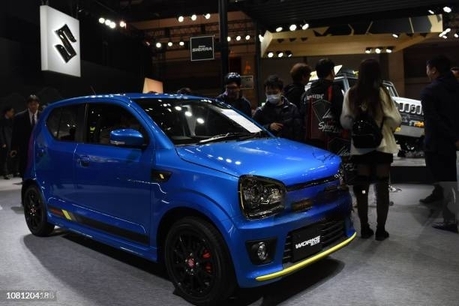
A-segment / City Cars / Mini compact:
Small, nimble cars for navigating urban environments. (Examples: Fiat 500, Toyota Yaris)
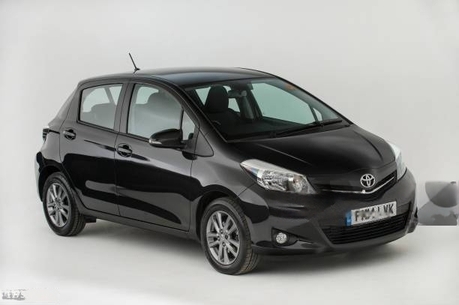
B-segment / Supermini /Subcompact:
Slightly larger than city cars, offering more practicality. (Examples: Ford Fiesta, Volkswagen Polo)
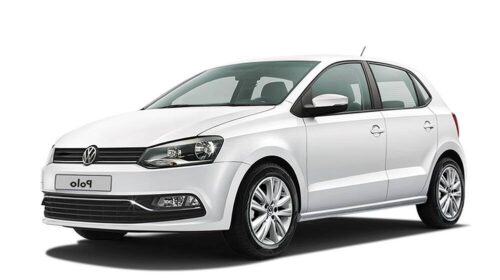
C-segment / Small Family / Compact:
The “sweet spot” for many, balancing size, performance, and affordability. (Examples: Honda Civic, Toyota Corolla)
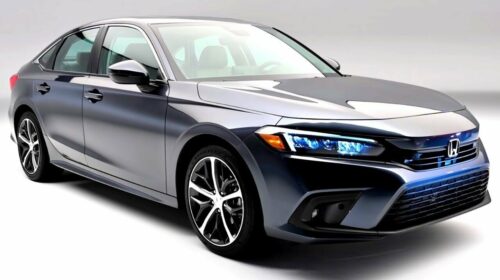
D-segment / Large Family / Mid-size:
Roomier and more powerful options for families or long journeys. (Examples: Ford Mondeo, Volkswagen Passat)

E-segment / Executive / Full-size:
Luxurious sedans are favored for comfort, prestige, and advanced technology. (Examples: Mercedes-Benz E-Class, BMW 5 Series)
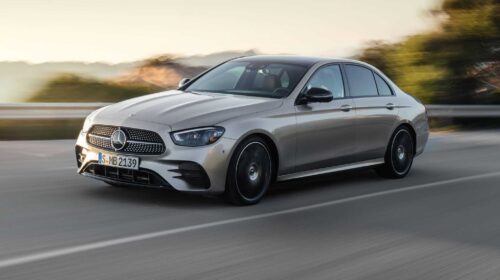
F-segment / Luxury Saloon / Full-size Luxury :
The pinnacle of automotive opulence and craftsmanship. (Examples: Rolls-Royce Ghost, Bentley Mulsanne)
These segments further branch out into sub-segments like hot hatches (performance-oriented city cars), crossovers (blending SUV and car characteristics), and MPVs (multi-purpose vehicles with spacious interiors).

Body Styles: Recognizing Shapes and Functions
Beyond market segments, car classification involves identifying body styles, which describe the overall shape and layout of the vehicle. Each style serves a specific purpose and caters to different needs:

Sedan:
The traditional four-door car with a separate trunk, offers a balance of comfort and practicality. (Examples: Toyota Camry, Volkswagen Jetta)
Coupe:
Two-door car with a sloping roofline, prioritizing style and driver engagement. (Examples: Ford Mustang, Nissan GT-R)
Wagon/Estate:
Boasting extended cargo space behind the rear seats, ideal for families and active lifestyles. (Examples: Subaru Outback, Skoda Octavia Combi)
Hatchback:
Compact body with a fold-down rear door for maximized cargo space, popular in urban environments. (Examples: Honda Fit, Kia Rio)
Convertible:
Open-top car with a retractable roof, offering an exhilarating driving experience. (Examples: Mazda MX-5 Miata, Mini Cooper Convertible)
SUV:
Combining off-road capability with passenger comfort, SUVs come in various sizes and configurations. (Examples: Toyota RAV4, Jeep Wrangler)
Pickup Truck:
Primarily built for cargo hauling, offering diverse bed sizes and towing capacities. (Examples: Ford F-150, Ram 1500)
These are just a few examples, and countless variations exist within each category, from luxury SUVs to sporty wagons.
Niche Categories: Catering to Specific Needs
While market segments and body styles provide a broad framework, specific niche categories cater to unique individual preferences or functional requirements and the classification is:

Sports Cars:
High-performance vehicles are built for speed and handling, often featuring powerful engines and lightweight construction. (Examples: Porsche 911, Chevrolet Corvette, Bugatti)
Muscle Cars:
American high-performance cars with large V8 engines, are known for their powerful acceleration and classic styling. (Examples: Ford Mustang, Dodge Challenger, Toyota Revo)
Luxury Cars:
Vehicles are prioritized for comfort, sophistication, and advanced technology, often featuring premium materials and features. (Examples: Mercedes-Benz S-Class, Lexus LS)
Off-Road Vehicles:
Built for traversing challenging terrain, featuring high ground clearance, four-wheel drive, and rugged suspension. (Examples: Jeep Wrangler, Land Rover Defender)
Electric Vehicles:
Powered by battery packs instead of gasoline engines, offering eco-friendly and silent operation. (Examples: Tesla Model S, Nissan Leaf)
These niche categories highlight the vast diversity of the automotive landscape, with options tailored to every need and desire.
Beyond the Basics: Technical and Regulatory Classifications
Car classification extends beyond consumer-facing categories. Government regulations and technical details require further classifications:
Vehicle Size and Weight: Classified by gross vehicle weight rating (GV





